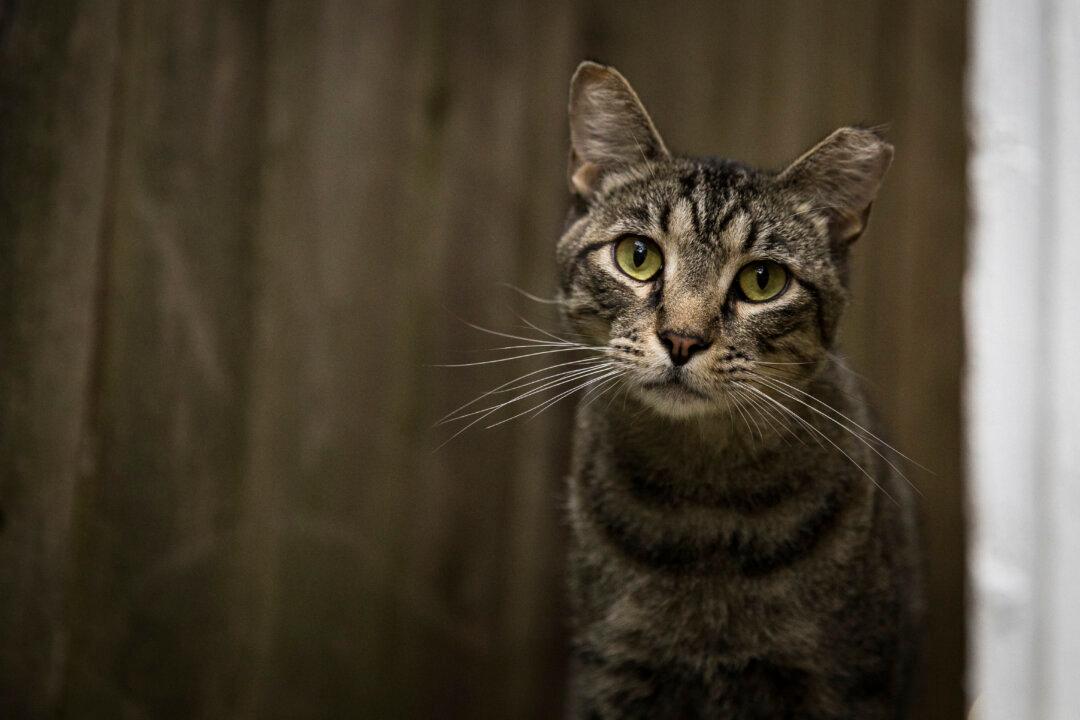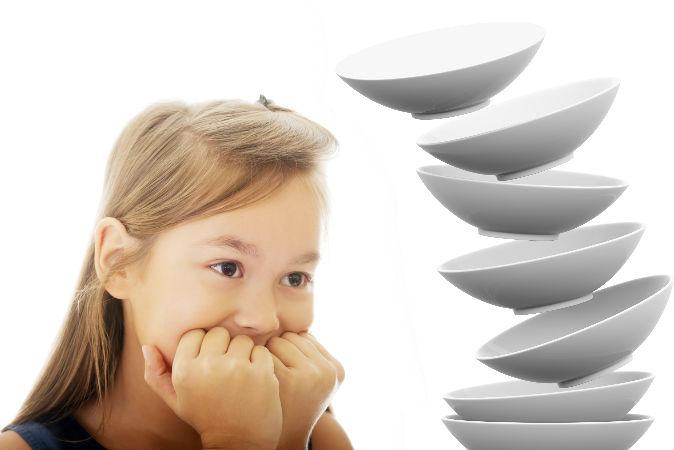The strange but true story of what happened in my house after my cat’s death is one of many that point to a deep bond between animals and humans. The emotional, even spiritual, connection between humans and animals reveals itself in surprising ways.
The death of our cat, Persephone, was hard for our family, but the person most broken up was my 12-year-old daughter, Gabrielle. She loved Persephone as much as anyone, had grown up with her, and the two often slept together on my daughter’s bed.
In that bed was kept another constant companion, “Daddy Hoo Hoo,” her stuffed gorilla. Daddy Hoo Hoo (a.k.a. DDHH) was about Persephone’s size and, also like our kitty, furry and black. Gabrielle had grabbed DDHH for comfort when I'd begun to bury Persephone and kept hold of him as we said a prayer in loving memory of our feline friend. Later, she went to bed and took DDHH with her.
The following morning, DDHH was apparently no longer in Gabrielle’s bed. We thought he might have fallen out (a common occurrence) but there was no sign of him on the floor, in the bed sheets, between the bed and the wall, or anywhere else in our daughter’s room.
Over the next 5 days, my wife made it a point to scour the house in search of the missing gorilla. Gabrielle tried to remember where else she might conceivably have left him, and we checked out all those places. Not a trace.
Several nights later, my wife was consoling Gabrielle at bedtime. She remarked that perhaps DDHH had accompanied Persephone to wherever it is she was bound. Gabrielle appeared sympathetic to the storyline but made it clear, “I need him here with me.”
The next morning, I went into our daughter’s room to wake her for camp. I sat down on her bed and, once she'd awoken, noticed a stuffed gorilla on the floor just by my foot. “Daddy Hoo Hoo!” she exclaimed.
This seems truly bizarre because one of us would surely have seen the gorilla in a spot as obvious as next to the bed.
In thinking about this, I’m reminded of a term from parapsychology, “apports.” These are household objects said to disappear and reappear literally out of thin air in at least some poltergeist cases. Apports have a symbolic or emotional meaning for the people involved.
In our case, while no poltergeist was present, perhaps DDHH symbolized Persephone—so that his absence was a synonym for her absence, and only after Gabrielle made clear she needed him back did he reappear.
One of the few people I shared the story with at the time is veterinarian Michael Fox, author of the nationally syndicated column “The Animal Doctor.” Dr. Fox related his concept of the empathosphere, which he proposes to be “a universal realm of feeling that can transcend both space and time.”




